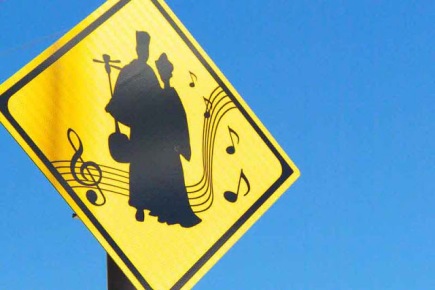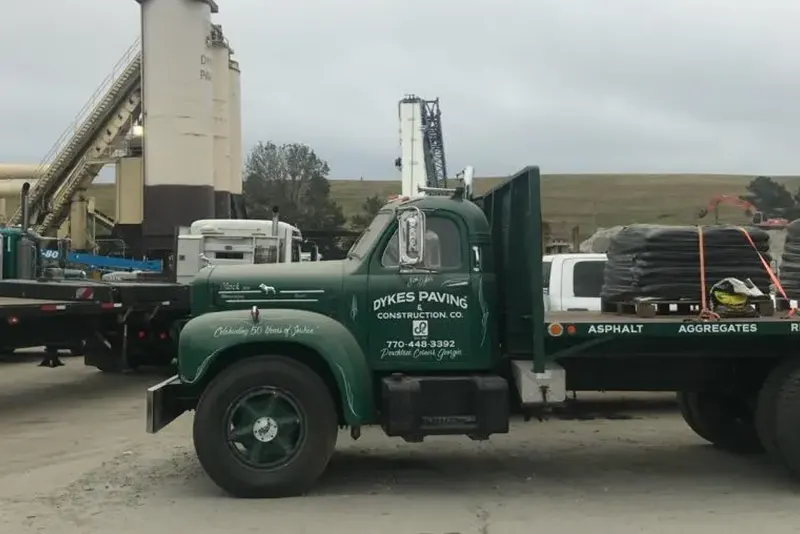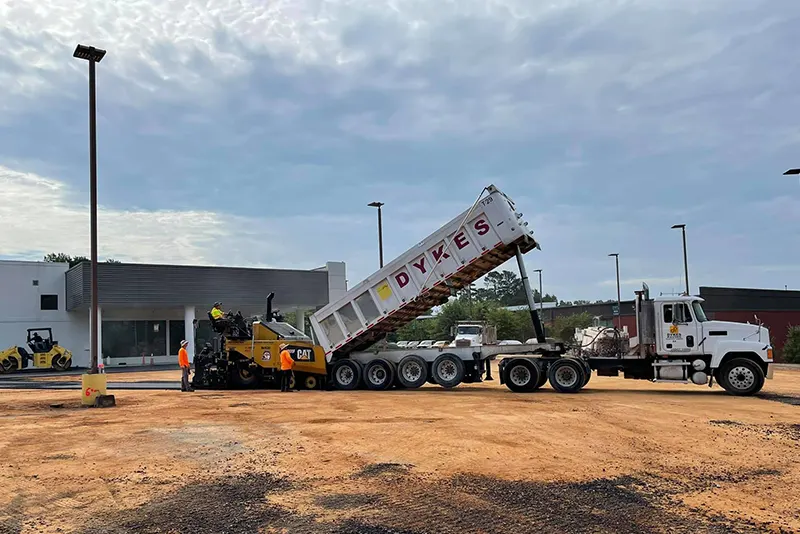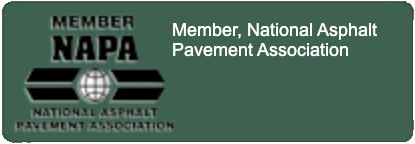Musical roads have existed for years in Asian countries. Only recently did they become known in the United States. Below are some interesting facts you may not know about this asphalt phenomenon.
It Is Commercialized: Honda made the first commercial featuring a musical road. The road played an excerpt of the William Tell Overture. The asphalt spacing was incorrect, so the song was completely out of tune. Some even say it was unrecognizable.
It Relies on Vibrations: The sound created from driving on a musical road is the result of wheel vibrations. It causes an audible rumbling transmitted by the wheels into the car’s interior. For a real-life example of the impact wheel vibrations have on sound, get in your car and start driving. When you start to drive over a bumpy road, sing aloud. Just hold a solid tone, like an open-mouthed hum. You will notice a difference in tones.

Different Locations Exist: Musical roads were first constructed in Japan. This country has the largest number of these specialized roads, a total of 12. Other countries with musical roads include the United States, Denmark and South Korea.
They are Safety Mechanisms: A musical road keeps drivers alert. Many drivers have a tendency to become bored, inattentive, and sometimes drift off while driving. When a driver is on a musical road, a special sound is emitted as soon as the vehicle veers to the side. It instantly awakes the driver. This prevents many accidents and injuries to the driver, passengers and surrounding drivers.
Perfect Pitch Does Not Exist: Even though a musical road is designed to play a musical tune, sound quality is not a main concern. You may recognize the melody, but many times the sound is too distorted to provide any pleasurable experience. The tune sounds off-key. This will probably change for the better as technology advances.
Speed Does Matter: A musical road, also known as a singing road, is developed with a certain speed in mind. Usually that speed is the stated speed limit. When a car drives over or under the specified speed, the musical road sounds different from what is expected.
For a comparison, think of a vinyl record. That record was designed to play at a certain speed such as 78, 45 or 33. Play the record at a different speed, and you will receive a distorted sound.
Spacing Makes a Difference:The space of the asphalt road ridges makes a difference in the sound. According to development experts, the farther apart the grooves or ridges are, the lower the octave. Conversely, the closer together the grooves or ridges, the higher the octave will be.
The First Song Is the Easiest: The first song ever heard on a musical road is the all-time classic, “Mary Had a Little Lamb.” That’s the same song Thomas Edison used when inventing his phonograph.
Knowledge never hurts anyone. As a paving expert, Dykes Paving loves sharing asphalt-related news like the above.








